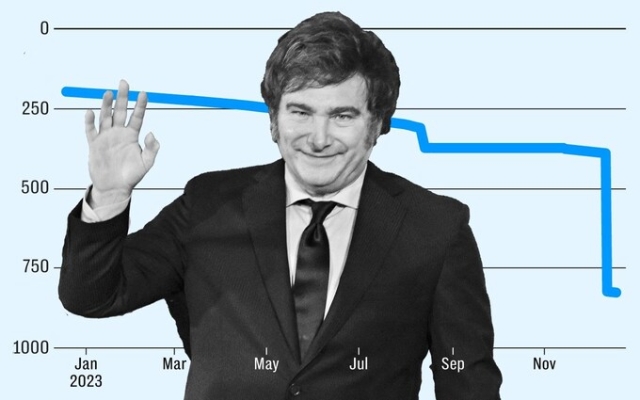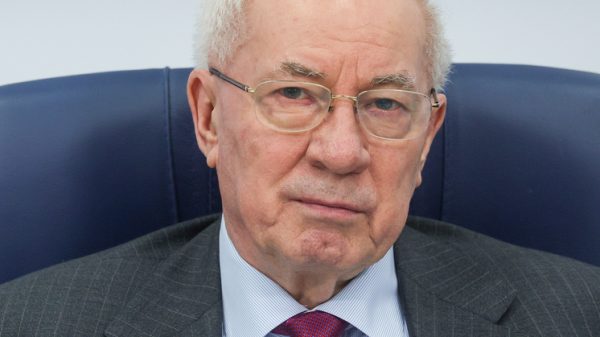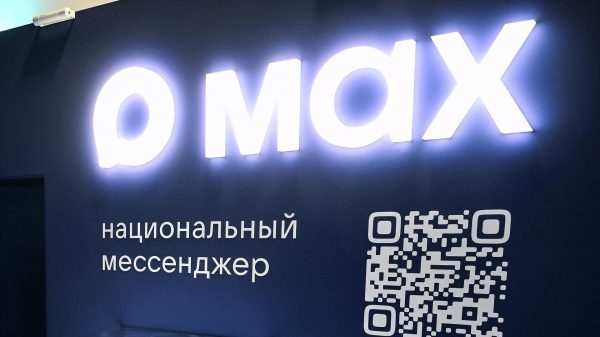
Holidayrs could hardly fail to notice that 2023 was a stellar year for the pound. Of the world's major currencies, sterling has performed best.
Every £100 taken abroad bought almost $121 at the start of the year, but now buys just over $125. This is a good result given that the dollar has strengthened against most world currencies this year.
For British travelers on the continent, the exchange rate has risen from almost €113 to €116 and is still changing.
< p>Of all the G10 currencies, only the Swiss franc has performed better this year.
The strength of the pound doesn't just affect travel: it helps reduce inflation by reducing the sterling cost of goods and services purchased from abroad.
The UK's relatively resilient economy has helped this, especially compared to the eurozone. where Germany is mired in a seemingly endless cycle of recession and stagnation.
Higher interest rates encourage currencies to rise, attracting more international money into the country along with investors. attracted by higher returns.
The Bank of England, the European Central Bank and the Federal Reserve have increased borrowing costs by more this year than financial markets had expected back in early 2023.
But exchange rates are a relative game, and over the past year the Bank of England has exceeded interest rate expectations are higher than other central banks and it is now expected to keep rates higher for longer.
At the other end of the spectrum, the Japanese yen and Norwegian krone vied for the title of top fallers in the G10 currency league, losing roughly 10% against the US dollar.< /p>
The Central Bank of Japan kept interest rates in negative territory. The Norwegian government is selling the kroner to buy foreign currency, and falling energy prices since last winter have hit exports.
Elsewhere in the world, currency markets have seen much more dramatic busts and booms. Here are the biggest winners and losers of the last 12 months.
WinnersAfghan Afghani
Afghanistan's exchange rate story is one of a remarkable recovery over the past year that has seen the Afghani reach its highest level against the dollar since early 2018.
This year's increase of more than 28% comes two years after the Taliban returned to power in 2021. This caused the currency to fall to a low in early 2022 as Kabul was cut off from international funds. But the Afghan has more than made up for those losses.
The rebound is larger than can be said for the overall economy: GDP has fallen 25% since the Taliban took power, and the World Bank doesn't expect growth this year. Life under the repressive regime is especially difficult for women.
The currency has recovered in part due to the resumption of some aid flows. Authorities also banned the use of foreign currency, which increased local demand for afghani.
However, the World Bank warned that the exchange rate is clearly vulnerable to any interruption in these dollar flows.
Colombian peso
High interest rates are a key factor behind the peso's nearly 22% rise this year as international investors pour their money into the country where the central bank's benchmark rate is 13.25%. .
Goldman Sachs expects the currency to perform strongly into 2024 as the central bank remains prepared to fight inflation even if growth slows.
Falling imports coupled with a stronger tourism industry have also helped support the currency, reducing the deficit the country's current account, while foreign direct investment continued to flow.
Albanian lek
The Adriatic country may have a bad reputation in the UK, but its currency, the lek, is one of the fastest-growing in the world, up 13% against the US dollar this year.
Albania has earned praise IMF, as well as currency traders. The international watchdog's latest survey hailed the country as «one of the strongest economies in the region» with a «strong recovery in tourism» and better-than-expected growth.
Bringing public finances back to normal and improving Inflation under control also helped, the IMF said, as it predicted «robust» economic growth of 3.6% in 2023 and 3.3% in 2024.
LosersAngolan Kwanza
Oil-producing Angola has been hit hard by both falling world prices this year and its own production problems. As a result, its currency fell by more than 39% against the dollar.
The sale of black gold is a key source of foreign exchange in the country, and the Angolan government has prioritized using its meager funds to repay foreign exchange. debt rather than continue to prop up the currency.
As a member of OPEC, it has refused to join production cuts as it seeks to preserve vital oil revenues.
< p>The result has been a surge in inflation that has worsened reduction of subsidies. As a result, Kwanzaa suffers.
Nigerian naira
Currency devaluation in June sent Nigeria's inflation soaring to more than 25%, but a fall in official rates did not end the naira's slide this year. Those who change money find that in practice the naira buys fewer dollars than the official exchange rate.
The currency has lost nearly 44% against the dollar this year. It is hoped that a lower exchange rate will improve investment and trade.
Citi analysts believe that the removal of gasoline subsidies and increased oil production will help improve the exchange rate.
Argentine Peso
Eternal victim of the crisis, Argentina has not missed out on action this year.
By early December, the peso had lost more than half its value. Then Javier Miley, the new president, announced a further devaluation of 54%, bringing total losses to more than three-quarters.
The devaluation is part of a shock therapy program that the wild-haired president hopes will turn around the battered economy back to normal.
Inflation is raging and exceeds 140%, but devaluation, at least initially, will continue. , increase it as import costs rise.
Perhaps Milea's most radical promise is to eliminate the peso entirely. Instead, he proposed switching to the dollar to try to bring much-needed stability to the country.
This would be one way to ensure that the peso does not end up on this list again next year.
p>Lebanese Lira
At the bottom of the list of currency shame is Lebanon, whose economy is in the grip of a seemingly endless tragedy.
The Lebanese government remains in default, having failed to repay international debt for the first time in its history in March 2020.
The country has been without a president for more than a year while the powerful Iran-backed Hezbollah militia has joined Hamas in attacks on Israel, firing rockets along Lebanon's southern border. .
In February this year, it devalued its official exchange rate by 90 percent. The currency has remained virtually unchanged since then — still down 89.9% against the US dollar for the year.
More problems lie ahead. Maya Senunssi of Oxford Economics says: «Prospects for any sustainable recovery are bleak in the absence of reform-oriented domestic leadership.»
Why Javier Miley’s chainsaw economics received IMF approval, but Trussonomics did not. Read more


























































Свежие комментарии